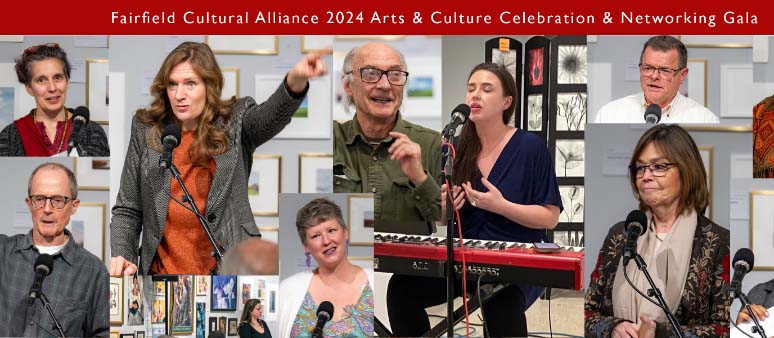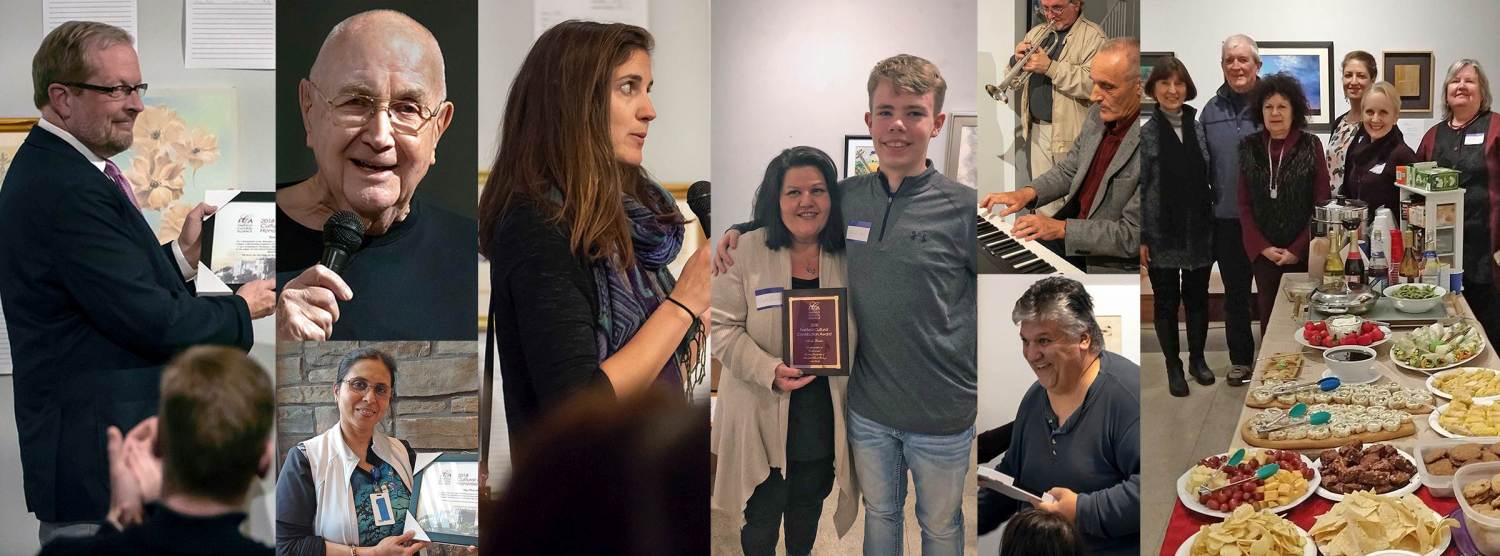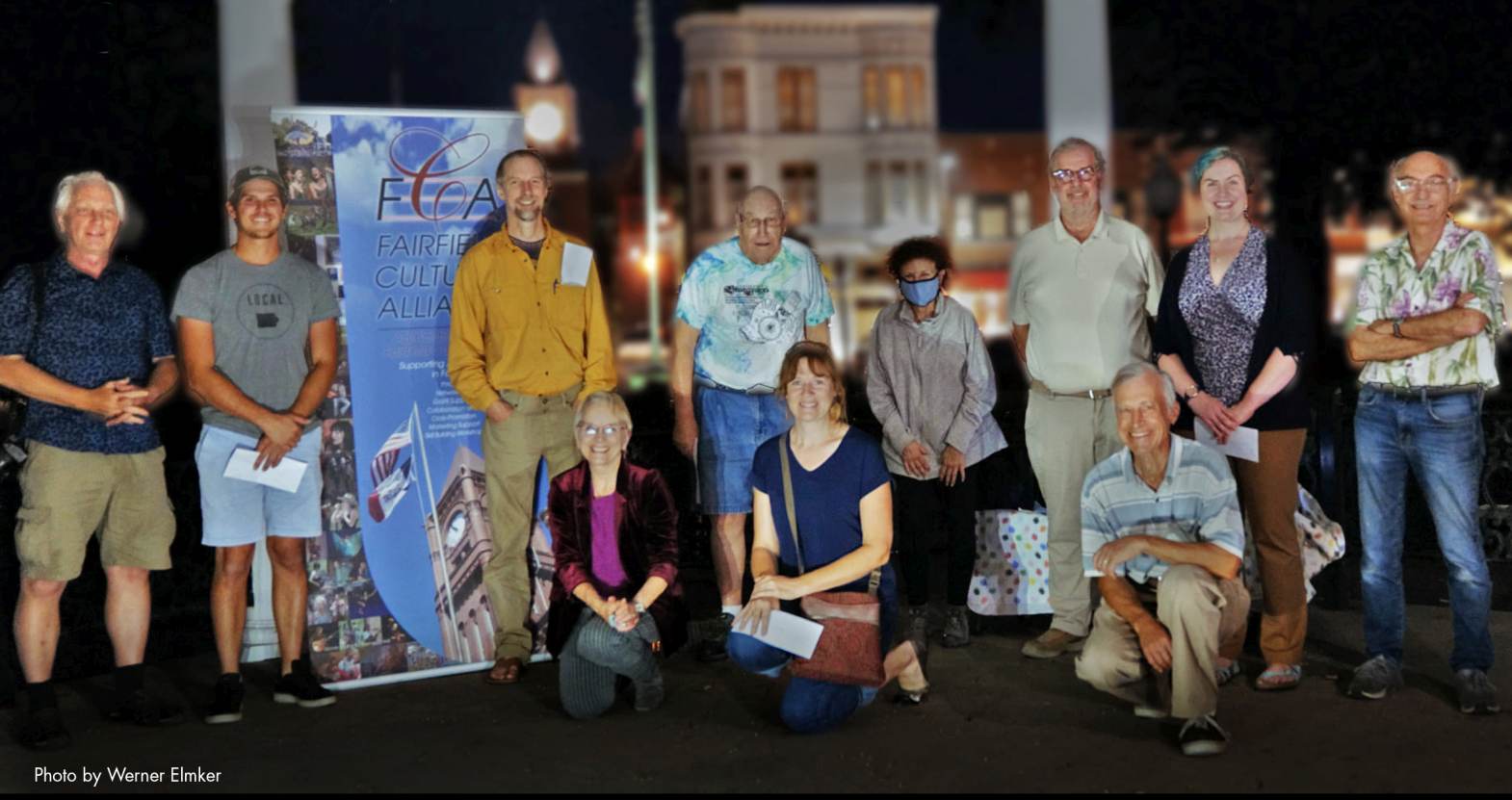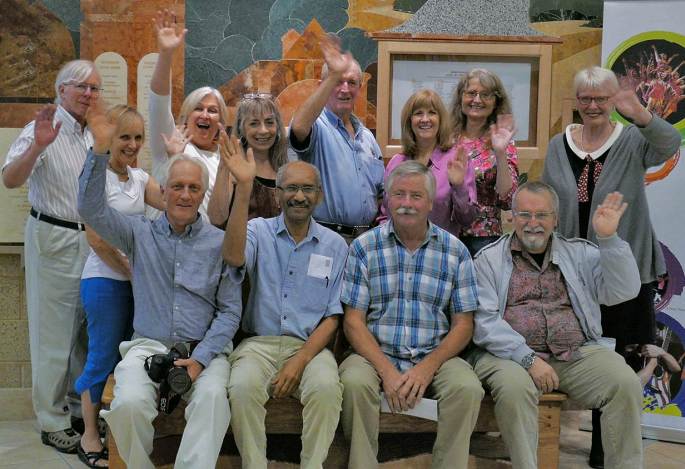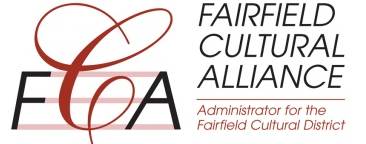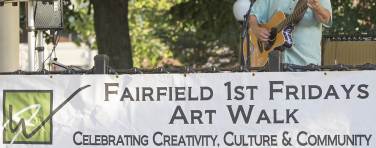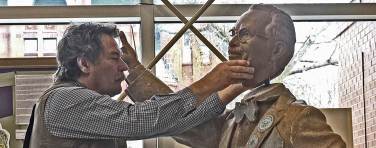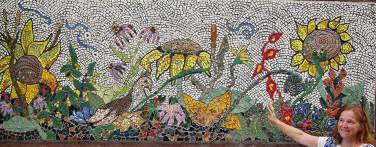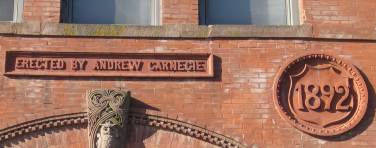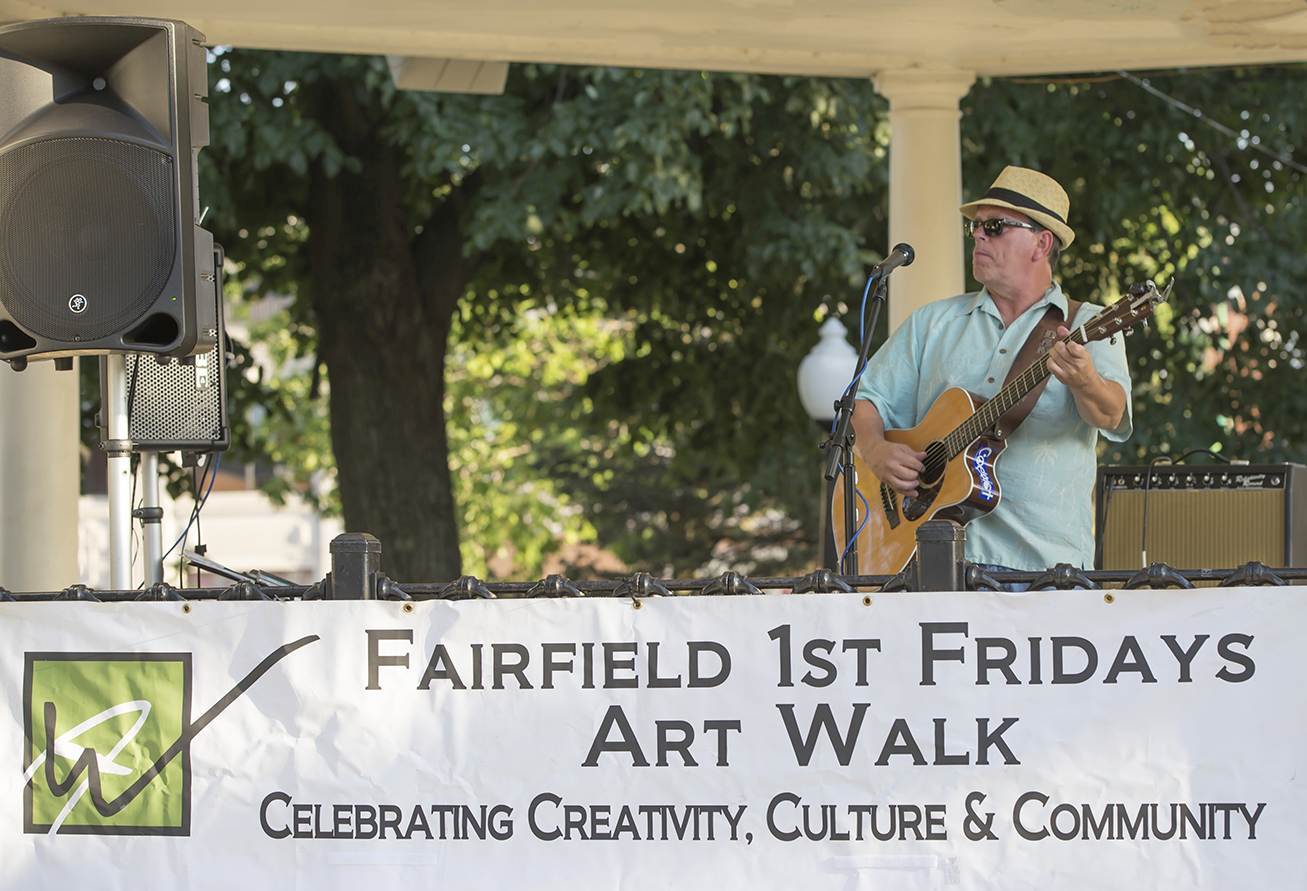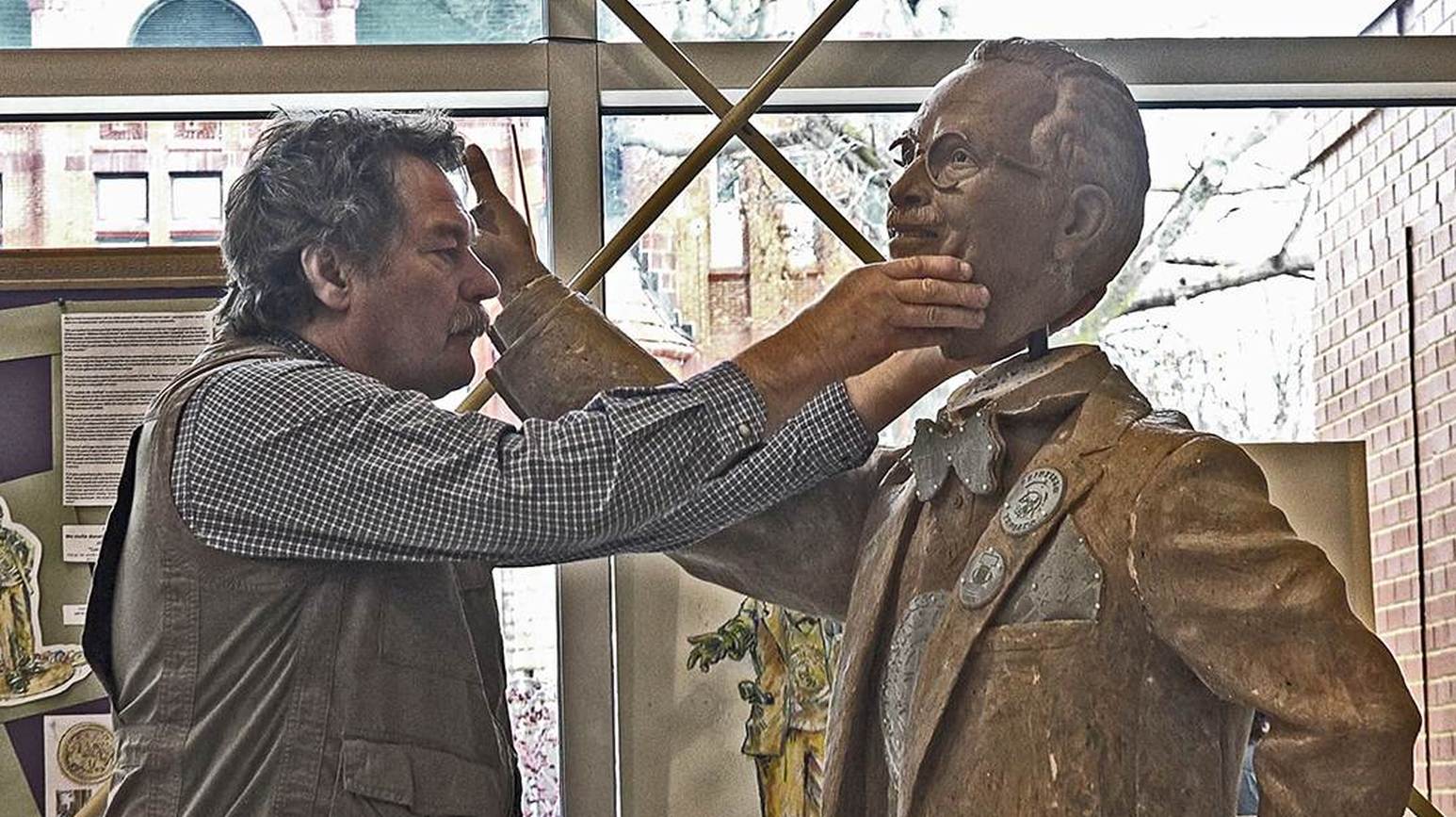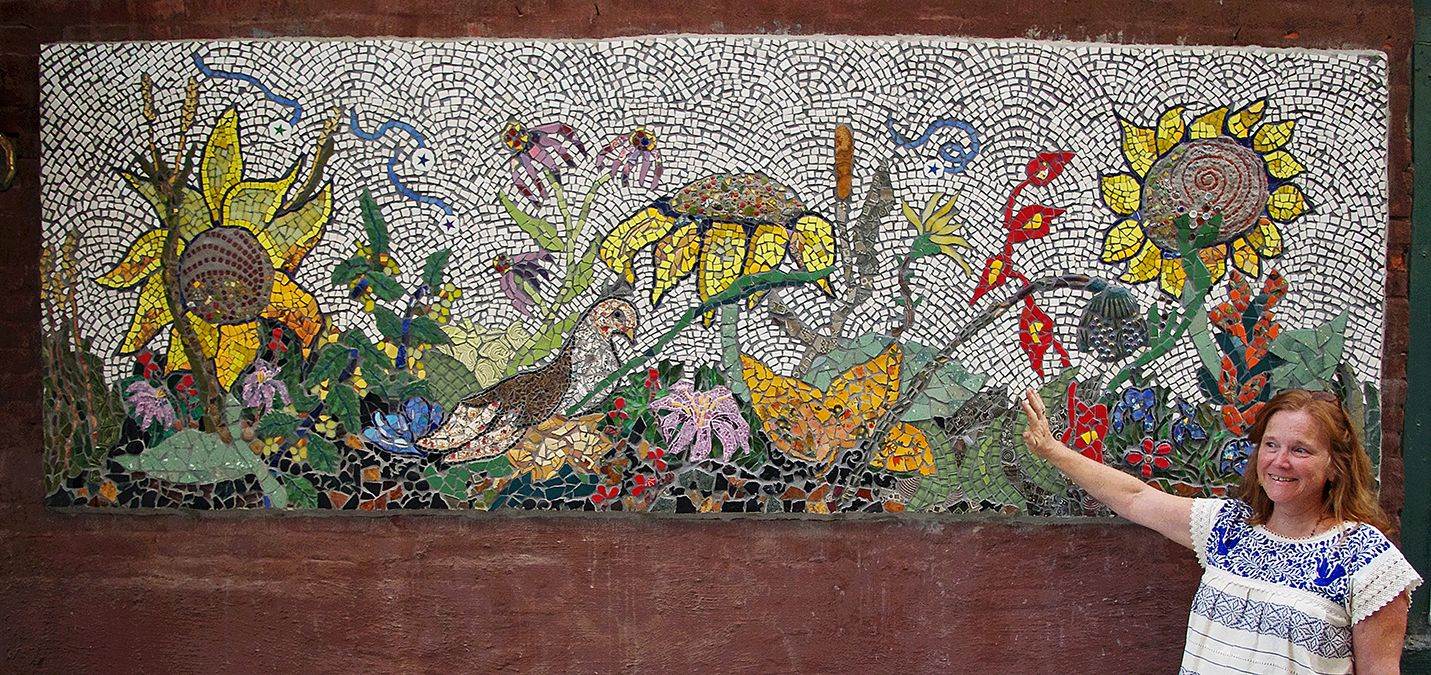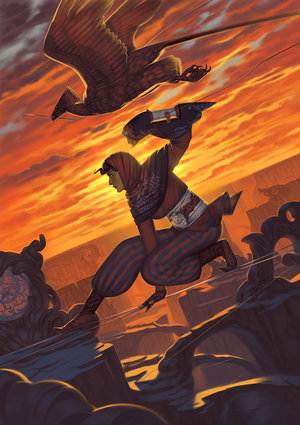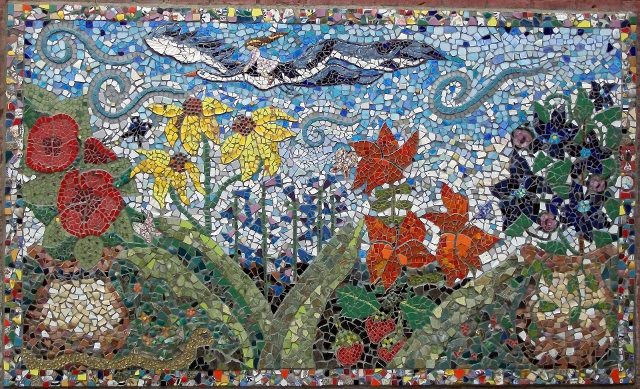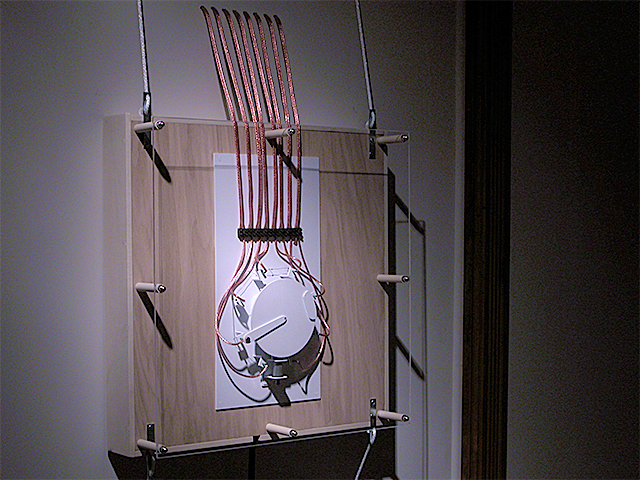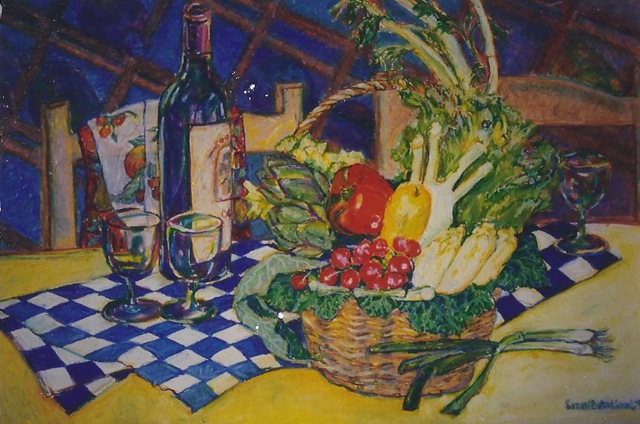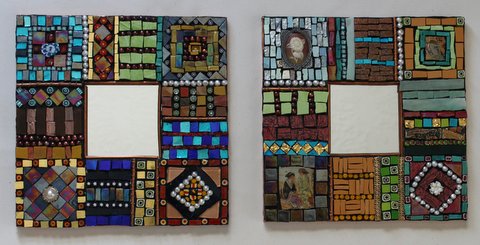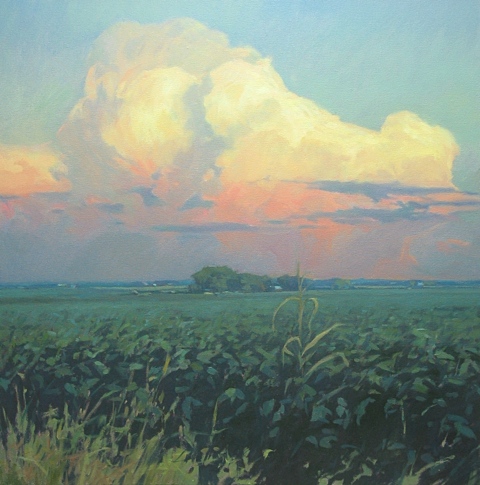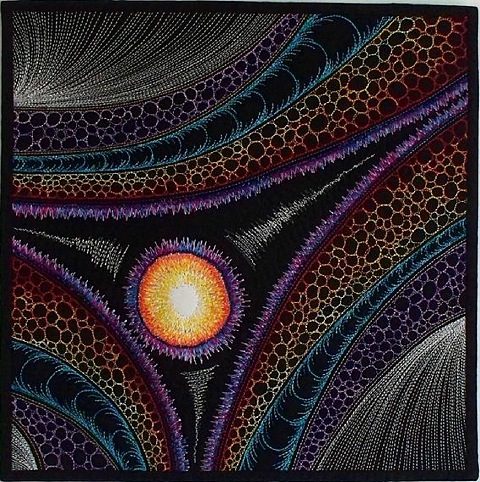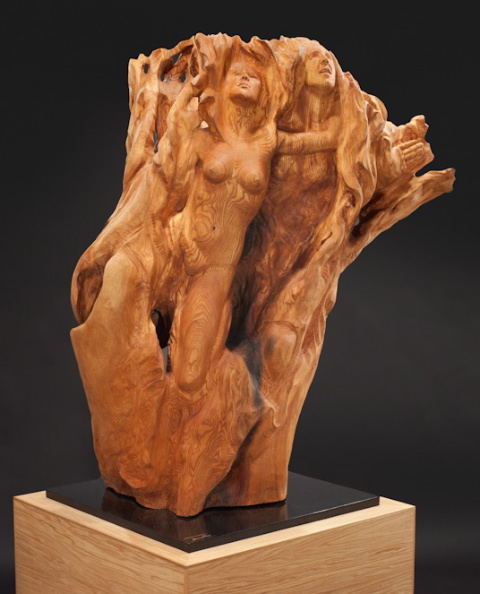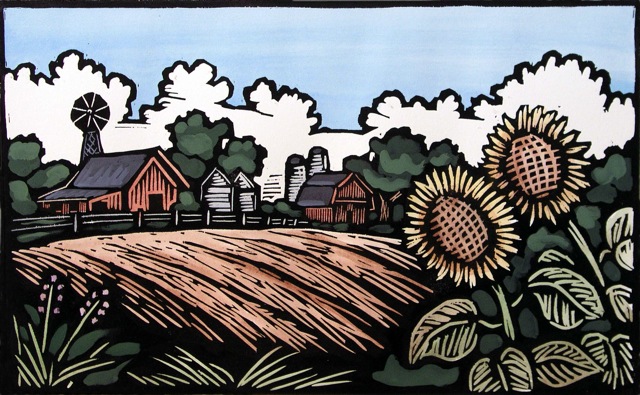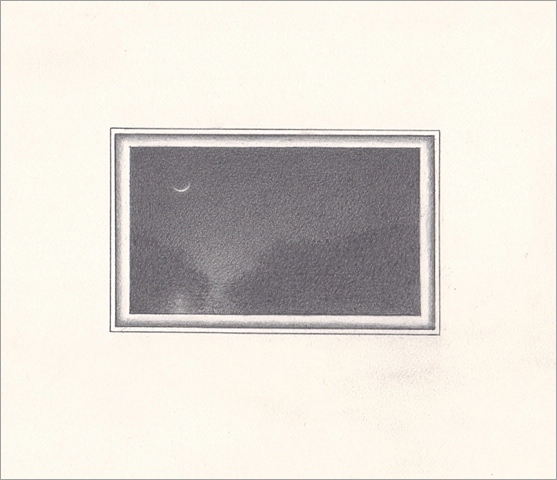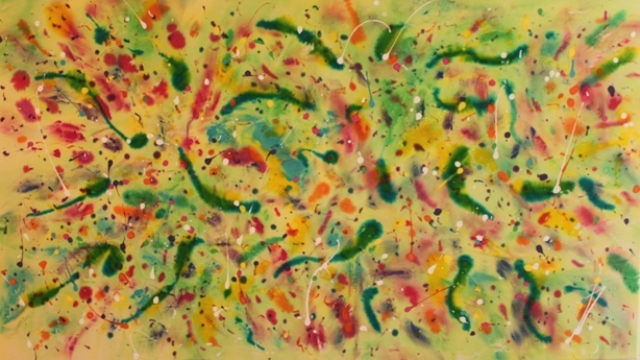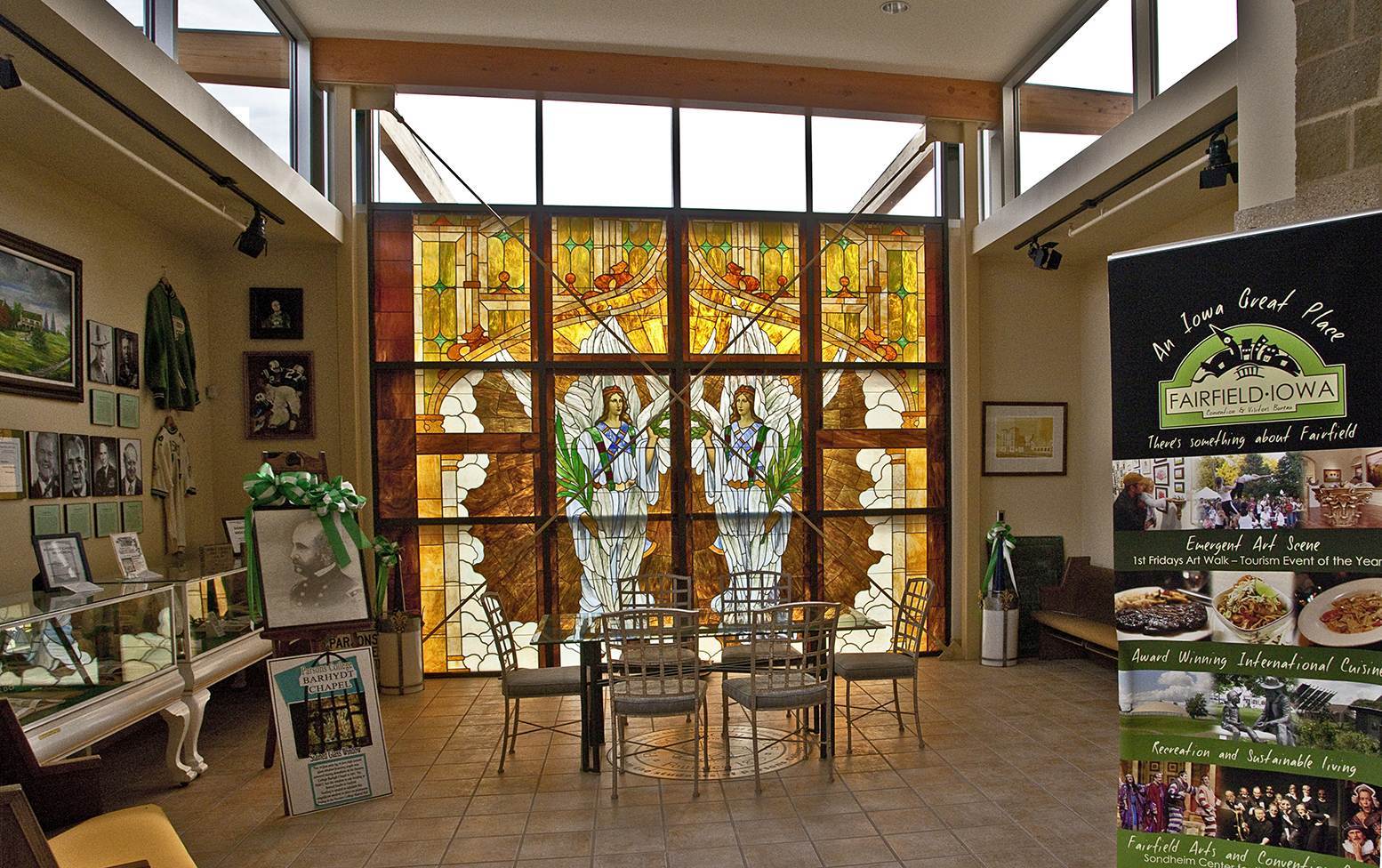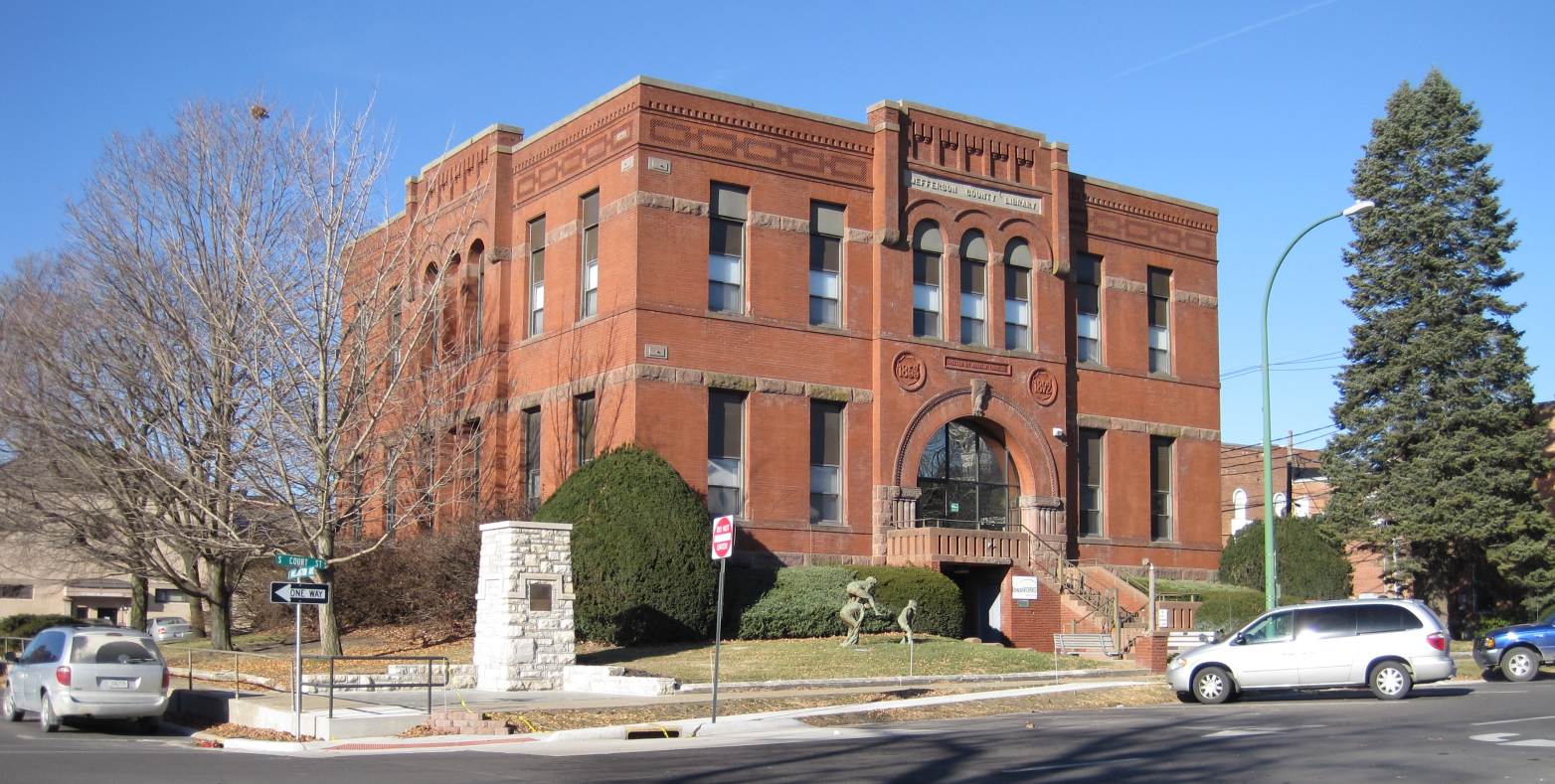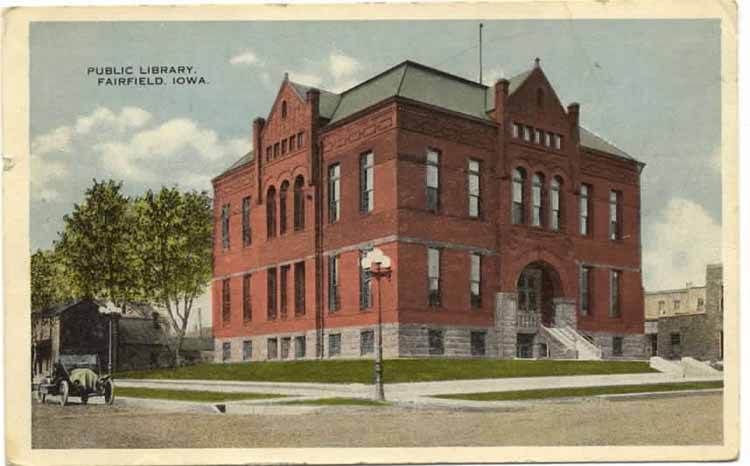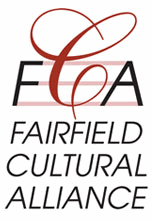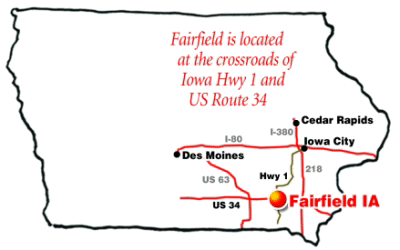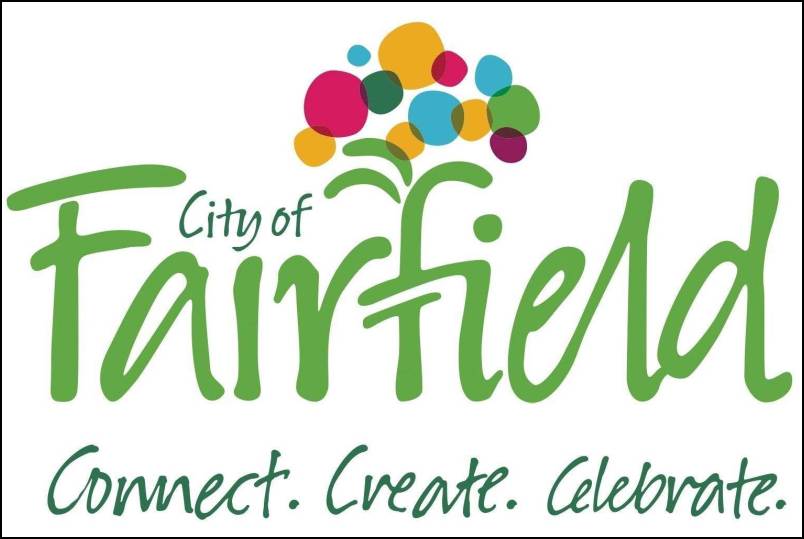Fairfield has a long history of entrepreneurial spirit and creativity
But first let's look at some recent recognitions Fairfield has received:
2004 - Named - Most Entrepreneurial City in Iowa.
2005 - Awarded - Iowa Tourism Event Award for 1stFridays Art Walk.
2006 - Named - One of Iowa's Great Places.
2007 - Named - One of the Best Places to Live You've Never Heard Off! (in Mother Earth News).
2013 - Named - One of the Top 10 Places to Visit in America (in Smithsonian Magazine).
2014 - Named - #2 Coolest City in America to Road Trip to! - Buzzfeed.com.
2015 - Named - Iowa Blue Zone.
Now for some highlights of Fairfield's long history of entrepreneurial spirit and creativity:
1837 - The pioneer system of town and country schools began with the first school in 1837 with 18 scholars, two years before the county was incorporated.
1838 - Beginning with the first mill in 1838, industry flourished in the County.
1846 - The Jefferson County Agriculture Society was set up in 1846. The first "Annual Fair" was held in the fall of 1852, at which time $125 was offered in premiums for stock. The first and second State Fairs was held in Fairfield in 1854 and 1855 (see below).
1849 - Higher learning was available in Fairfield from 1849 when the Female Seminary opened, then Axline University and Fairfield College followed. Due to many struggles these schools were only open for short periods. In 1875, Parsons College was founded, replacing these earlier institutions, and through the years the college brought a great influence on both the economy and the culture of the County. Parsons College closed in 1973, but the campus was purchased for what is now Maharishi University of Management.
1853 - Fairfield was the first town in Iowa to offer library services to its residents. The library was first proposed by Ward Lamson in an editorial in The Fairfield Ledger. Later he worked to solicit funds, and the library was born in a rented room off the town square.
1854 - The first and second Iowa State Fairs were held in Fairfield. These fairs were sponsored by the Iowa State Agricultural Society, which grew out Jefferson County Agriculture Society.
1858 - The first railroad reached Fairfield (from Burlington, IA, which later continued on to the Missouri River). It is now the BNSF Railroad.
1870 - Various groups in the city worked together to urge the Rock Island Railroad to come through Fairfield instead of Ottumwa. The Rock Island went bankrupt in 1980. Parts of the old roadbed are now used by local trails.
1872 - A group of community leaders organized to encourage location of manufacturing establishments.
1882 - An early electrical generation power plant was bought by the city.
1887 - The Louden Company began, which became one of Fairfield's largest employers, and sold products worldwide.
1888 - The Joel Turney and Co. Wagon Works was moved to Fairfield from Trenton in 1888. City Fathers had convinced Turney to move here instead of Mt. Pleasant. For a time this was one of Fairfield's largest industries, building close to 2000 wagons a year.
1891 - Philanthropist Andrew Carnegie pledged $40,000 for a library. Carnegie had been solicited by his friend Senator James F. Wilson, a Fairfield resident who served in the United States Congress from 1862 to 1869. This marked the first time that Carnegie had funded a library in which he had no personal ties or investments, and led to his funding of about 2800 more libraries throughout the world (1689 in the United States). The building was completed in 1893, whereupon there was a huge celebration - people came from as far away as Des Moines. (Of note is the fact that in 1894 there were only 46 libraries west of the Mississippi River, with only about 400 public libraries in the entire country).
1892 - Arguably the Fairfield Golf and Country Club is the site of the oldest golf course west of the Mississippi River, organized in 1892.
1906 - Wit and Wisdom group formed - still in existence.
1948 - Fairfield Concert Association begins.
1966 - The Fairfield Art Association was formed in the spring of 1966 as a civic organization to foster art in Fairfield and the surrounding area.
1989 - Fairfield Area Community Theatre forms.
2002 - Fairfield 1st Fridays Art Walk was started by Stacey Hurlin, founder of the non-profit Art Life Society. State awards included the 2005 Iowa Tourism Event of the Year and the 2008 Tourism and the Arts Award.
2005 - The Fairfield Strategic Plan crystallized the vision we share to cultivate and promote Fairfield's cultural richness and recreational opportunities.
July 2005 - Fairfield Cultural Alliance was formed to administer the Fairfield Cultural District.
November 2005 - The Fairfield Cultural District was approved by the Iowa Department of Cultural Affairs.
2007 - The Fairfield Arts and Convention Center opened in 2007. The Center is home to the Stephen Sondheim Center for the Performing Arts, the first building in the United States to be named for celebrated composer/lyricist Stephen Sondheim.
Other Resources:
1. Copies of the book A Fair Field, a history of Fairfield written by Susan Elizabeth (Fulton) Welty, are in the Fairfield Public Library.
2. "A Brief History of Jefferson County, Iowa" is on the IAGenWeb Project website, written by Lucille Taylor, Feb. 18, 1977.
3. Much more Jefferson County history is on the website, The IAWebGen Project, including,
A photo of the 1st county courthouse,
Old maps,
Old newspapers,
First families of Jefferson County,
A look at farm life in northeastern Jefferson County in 1888,
And much more.
4. The two paragraphs below are from the http://www.iowapioneers.com website, which also includes locations of Resource Centers and various Records.
"Prior to the coming of white settlers, Sac and Fox Indian tribes lived on the 432 square miles of today's Jefferson County. White and Indian mingled well. Until the Black Hawk Purchase opened the doors wide to white settlement in 1833. The Indians were soon crowded out by the newcomers. The area's first school is established in 1837 with 18 students; two years before Jefferson is carved out of Henry County in 1839. Times change and by 1962 the independent school districts close and give way to Fairfield Community School System, formed that year. The county, named for Thomas Jefferson, had a population of 59 in 1836, 2,187 in 1840 and 13,119 in 1856. Population increased to 16,310 by 1990."
"An interesting point in the populating of Jefferson County is the fact that whole neighborhoods were packing-up and migrating to these Midwestern lands. They came from Virginia, Pennsylvania, Indiana, Kentucky and Ohio. Swedish immigrants added their influence beginning in 1845 to form their first settlement west of the Mississippi in Lockridge Township. Other ethnic settlers were the French coming to Cedar Township with Germans and Polish to Walnut Township. The railroad came to Jefferson County in 1858. The first golf course west of the Mississippi started in 1892, as did the first Carnegie library similarly located in Fairfield. Agricultural in nature, Jefferson's rolling prairie and woodlands boasts 740 farms with an average acreage of 350 in 1995."
